The human body is an intricate web of interconnected systems, and among them, the nervous system plays a vital role as the command and control center. It is responsible for detecting internal and external changes, transmitting information, analyzing data, and initiating appropriate actions. Thanks to the nervous system, we can perceive the world, make decisions, move with precision, and maintain bodily functions such as heartbeat, breathing, and digestion. It not only supports basic survival but also enables higher mental processes like memory, learning, and emotional response.
In this detailed guide, we’ll take a deeper look at the nervous system’s structural parts, the amazing functionality of neurons, and the synergy between the central and peripheral systems. We’ll also explore real-world examples, reflex mechanisms, and how nervous and hormonal systems coordinate to maintain balance within the body. Whether you’re a student preparing for an exam or a curious learner, this blog will enhance your understanding of this essential biological system.

What is the Nervous System?
The nervous system is a complex arrangement of specialized cells and tissues that facilitate communication throughout the body. This system rapidly transmits electrical impulses to and from the brain and spinal cord, enabling quick, precise control of bodily functions. It manages both voluntary actions (like walking) and involuntary ones (like the beating of the heart).
There are two major components of the nervous system:
- Central Nervous System (CNS): The control hub made up of the brain and spinal cord.
- Peripheral Nervous System (PNS): A network of nerves that extend from the CNS to the rest of the body.
Together, they form a unified system capable of adapting to constant changes in our environment.
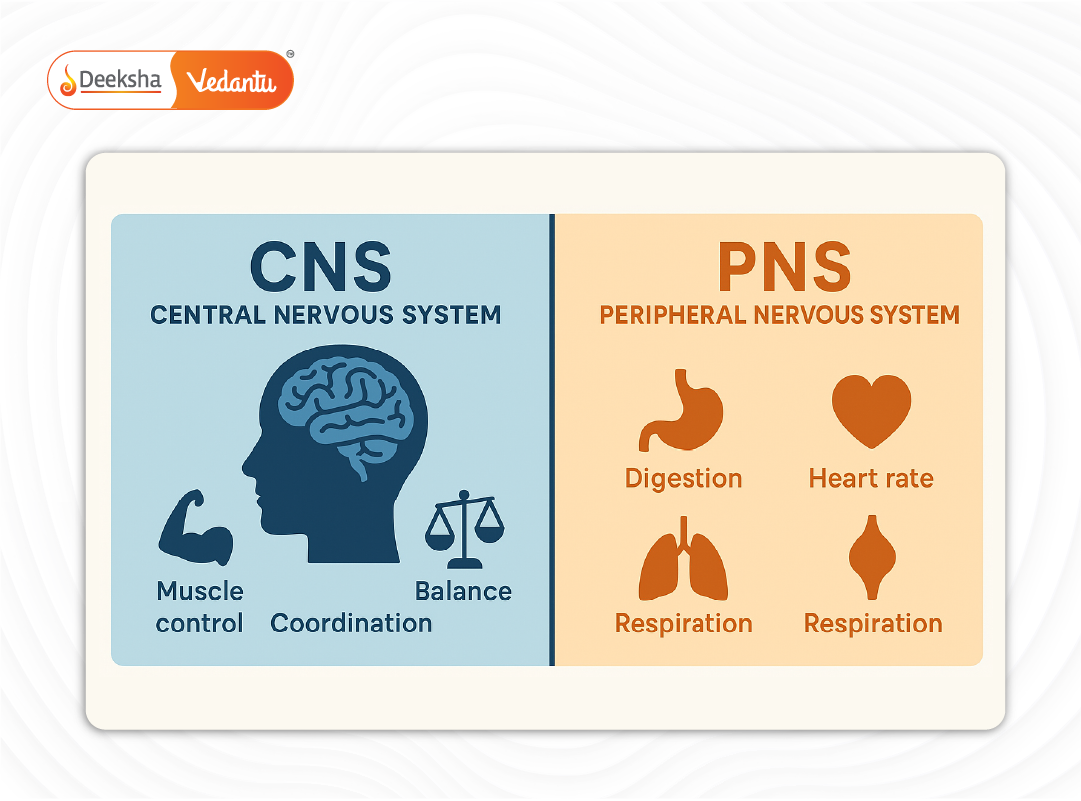
Parts of the Nervous System
Central Nervous System (CNS)
The CNS serves as the information-processing center. It receives input from sensory organs, integrates the information, and generates responses. It includes:
- Brain: The most complex and powerful organ, overseeing everything from movement to consciousness. Different regions manage tasks like reasoning, language, sight, and balance.
- Spinal Cord: A long, thin bundle of nerve tissue that runs from the brain down the spine, relaying signals between the brain and body.
Learn more: Animal’s Nervous System
Peripheral Nervous System (PNS)
The PNS connects the CNS to every part of the body. It’s divided into:
- Sensory (Afferent) Neurons: Carry information from sensory receptors (like skin, eyes) to the CNS.
- Motor (Efferent) Neurons: Deliver commands from the CNS to effectors like muscles and glands.
- Somatic Nervous System: Controls voluntary movements.
- Autonomic Nervous System: Regulates involuntary functions like heartbeat and digestion.
The autonomic system is further split into:
- Sympathetic Nervous System: Prepares the body for stress (“fight or flight”).
- Parasympathetic Nervous System: Promotes relaxation and recovery (“rest and digest”).
Neurons: The Building Blocks
Neurons are specialized messenger cells that are fundamental to the functioning of the nervous system. They transmit signals through electrochemical impulses. Each neuron comprises:
- Cell Body (Soma): Contains the nucleus and controls cell metabolism.
- Dendrites: Branch-like structures that receive messages from other neurons.
- Axon: A long fiber that sends signals to other neurons, muscles, or glands.
- Synapse: The tiny gap between neurons where neurotransmitters facilitate communication.
The precise and rapid signaling of neurons allows us to react instantly to stimuli.
Explore: Control and Coordination
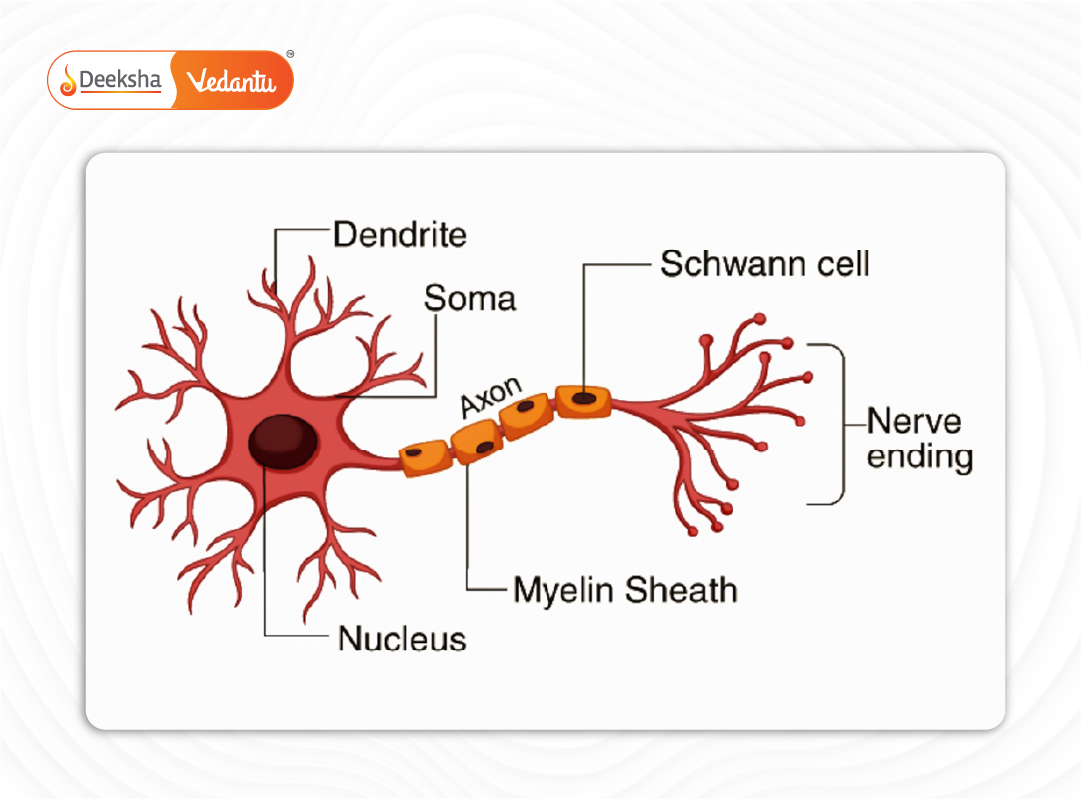
Central vs. Peripheral Nervous System
Let’s compare how these two systems function in parallel:
| Feature | Central Nervous System (CNS) | Peripheral Nervous System (PNS) |
| Components | Brain and Spinal Cord | Nerves and Ganglia |
| Function | Processes and integrates info | Transmits signals between CNS & body |
| Protection | Enclosed in bone (skull, spine) | Not enclosed in bone |
| Regeneration | Very limited | Some regeneration possible |
| Signal Speed | High processing capability | Rapid signal relay |
| Examples | Memory, reasoning, emotion | Movement, reflexes, organ control |
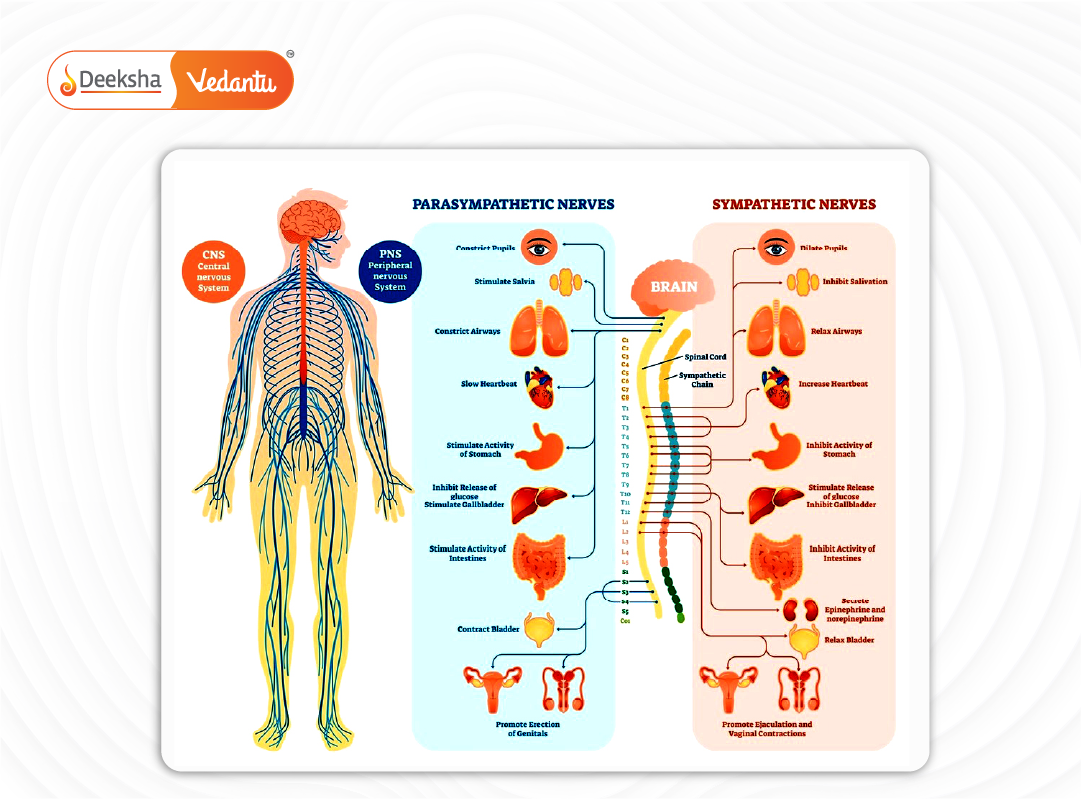
Nervous System and Hormonal Coordination
The nervous system doesn’t work in isolation. It collaborates with the endocrine (hormonal) system to control longer-term changes like growth, metabolism, and reproduction.
For example:
- When faced with a threat, neurons signal the adrenal gland to release adrenaline.
- In puberty, hormonal changes are initiated by signals from the brain’s hypothalamus.
Explore: Coordination in Plants
Understand: Hormones in Animals
This integrated communication ensures that the body reacts promptly and adapts over time.
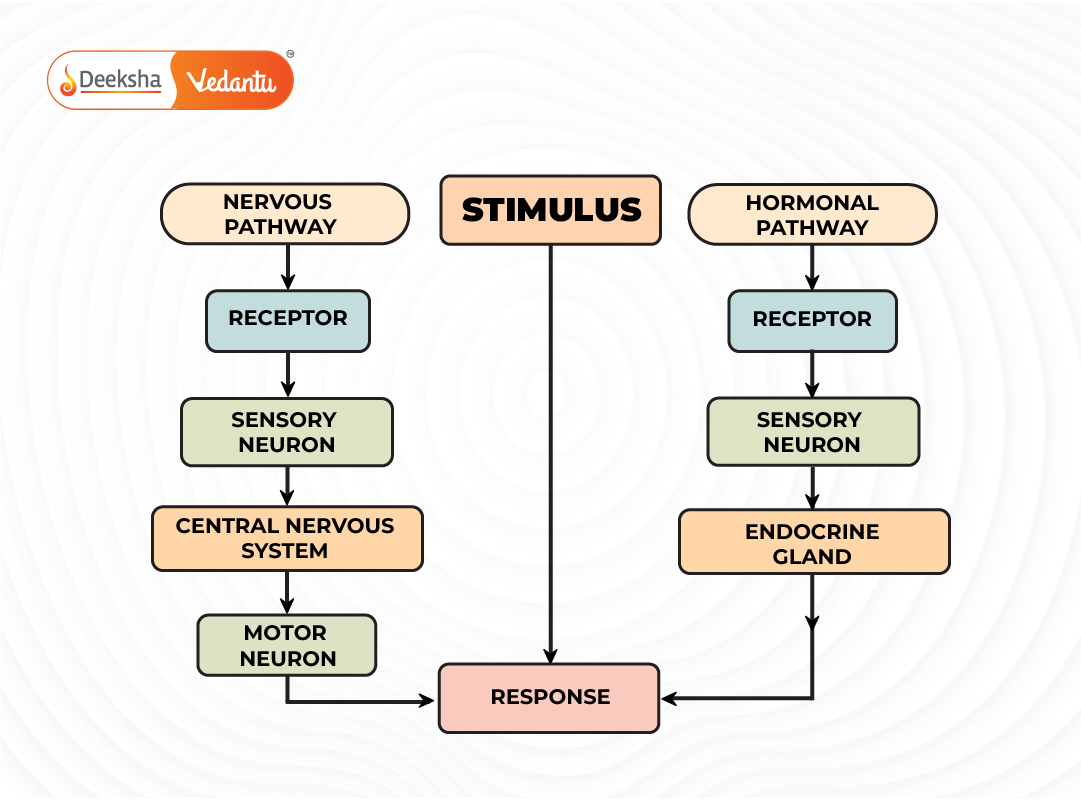
Reflex Actions: A Quick Response System
Reflex actions are immediate, involuntary responses to stimuli. These actions help us avoid danger and maintain internal stability without waiting for brain approval.
Steps in a reflex arc:
- Receptor: Detects stimulus (e.g., heat).
- Sensory Neuron: Sends signal to spinal cord.
- Interneuron: Processes information quickly.
- Motor Neuron: Sends signal to effector (muscle).
- Effector: Carries out the response (e.g., withdrawal).
Common examples:
- Blinking at a bright light
- Pulling away from a hot object
- Knee-jerk reaction
Real-Life Relevance of the Nervous System
The nervous system impacts nearly every action and thought in your day. Consider these examples:
- Driving a car: Involves processing visuals, operating pedals, and reacting to traffic.
- Playing sports: Demands rapid muscle coordination, balance, and decision-making.
- Learning: Requires focused attention, memory formation, and emotional regulation.
- Gaming or typing: Involves complex hand-eye coordination and sensory feedback.
- Social interaction: Relies on interpreting tone, facial expressions, and forming verbal responses.
Understanding these connections also helps in diagnosing disorders like epilepsy, Parkinson’s, and anxiety disorders – many of which originate in nervous system dysfunction.

FAQs: Biology of the Nervous System
1. What are the main parts of the nervous system?
The nervous system includes the central nervous system (brain and spinal cord) and the peripheral nervous system (nerves and ganglia). These systems coordinate all body actions.
2. What is the primary function of neurons?
Neurons carry electrochemical signals that enable communication between body parts, regulate functions, and process information in the brain.
3. How do the CNS and PNS work together?
The CNS analyzes and makes decisions, while the PNS acts as a courier – delivering messages to and from the body, ensuring smooth function.
4. What happens during a reflex action?
In a reflex action, signals are processed by the spinal cord to generate a rapid response without brain involvement. It prevents injuries by acting fast.
5. Why is the nervous system important in daily life?
It underlies every task – from heartbeat and breathing to emotions, learning, and reaction speed. A well-functioning nervous system is vital to health and awareness.
Conclusion
The nervous system is more than just a collection of nerves – it’s your body’s high-speed communication network. It links perception, thought, movement, and regulation in one seamless system. With its intricate design and remarkable speed, it ensures survival and supports complex behaviors like language, art, and science.
From simple reflexes to deep thinking, the nervous system plays a foundational role in every human experience. Learning about it not only prepares students for exams but also fosters appreciation for how we function. Dive deeper into Deeksha’s modules to explore each aspect – from neurons to hormones – and build a strong understanding of the life sciences.
Table of Contents


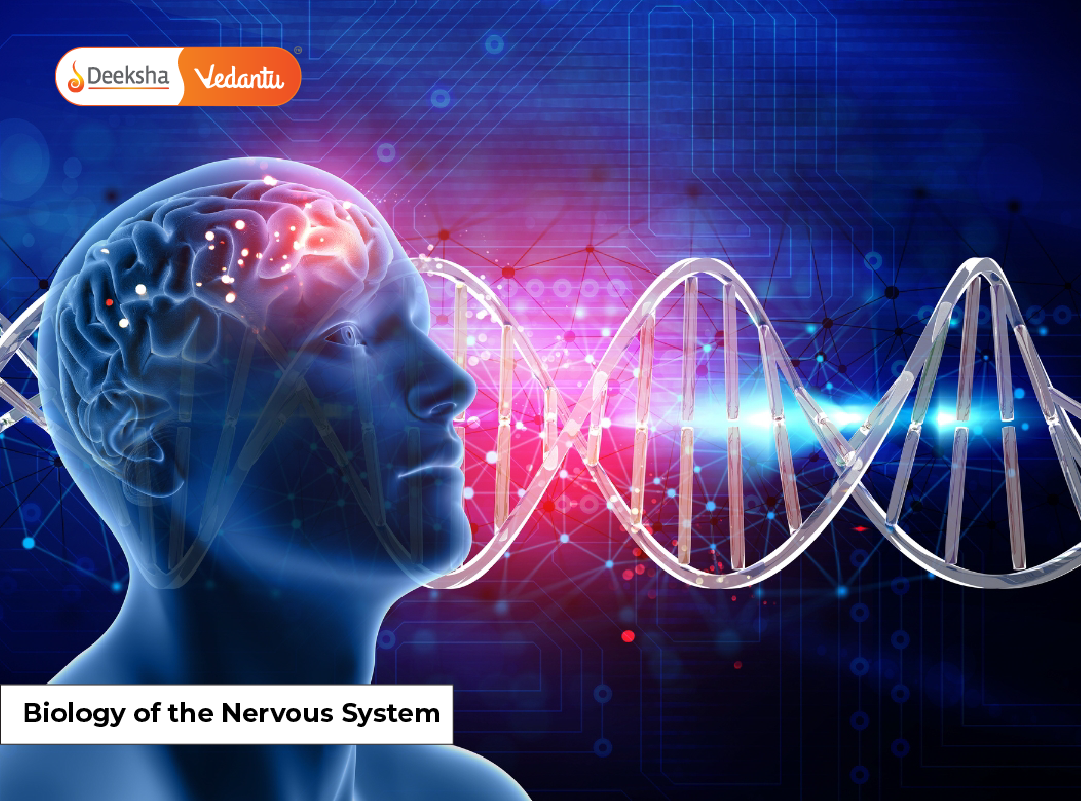


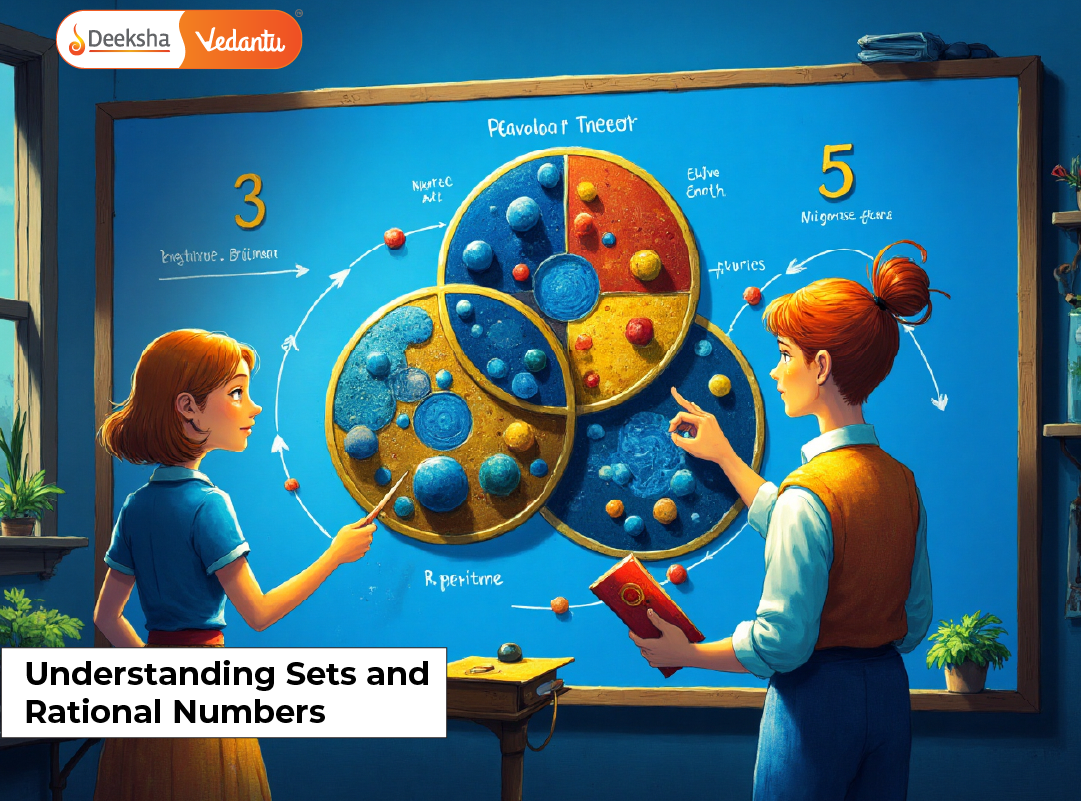

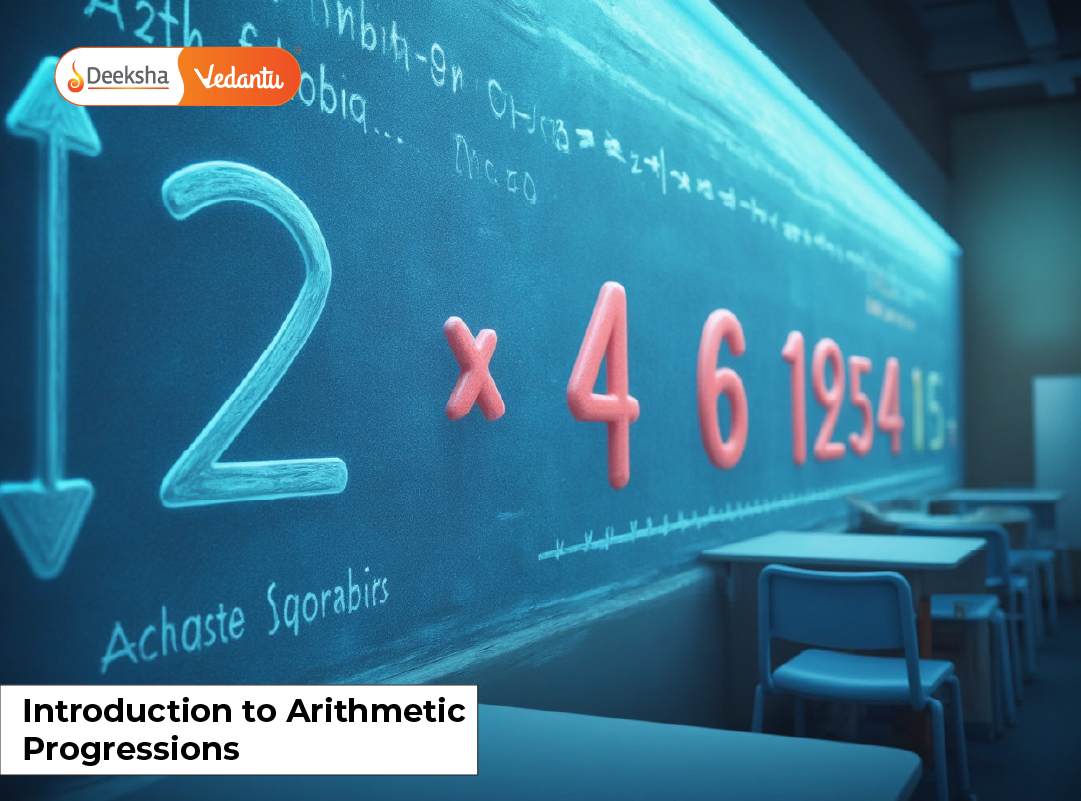

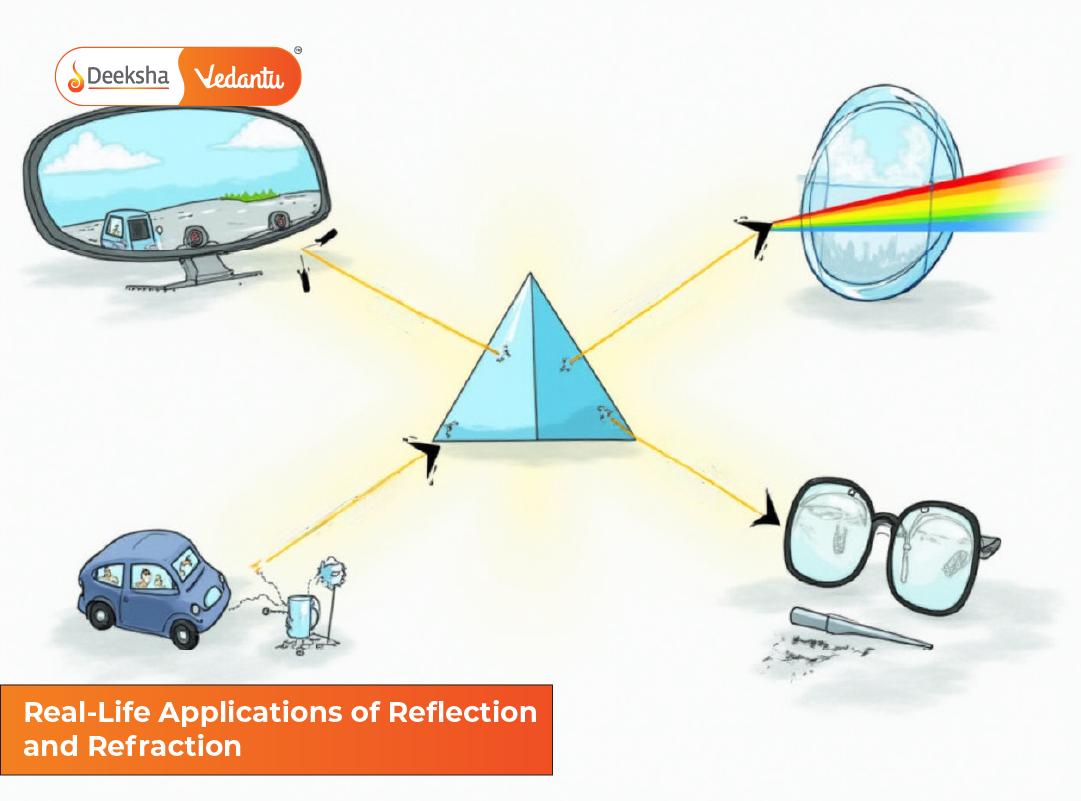
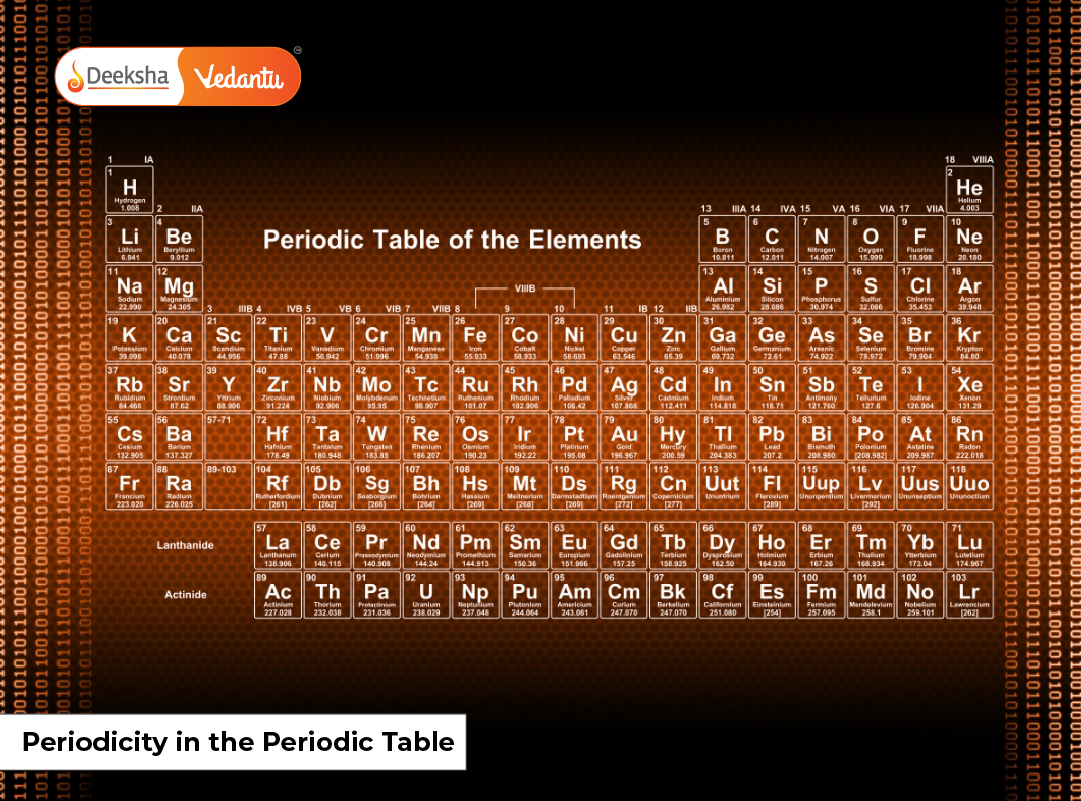



Get Social